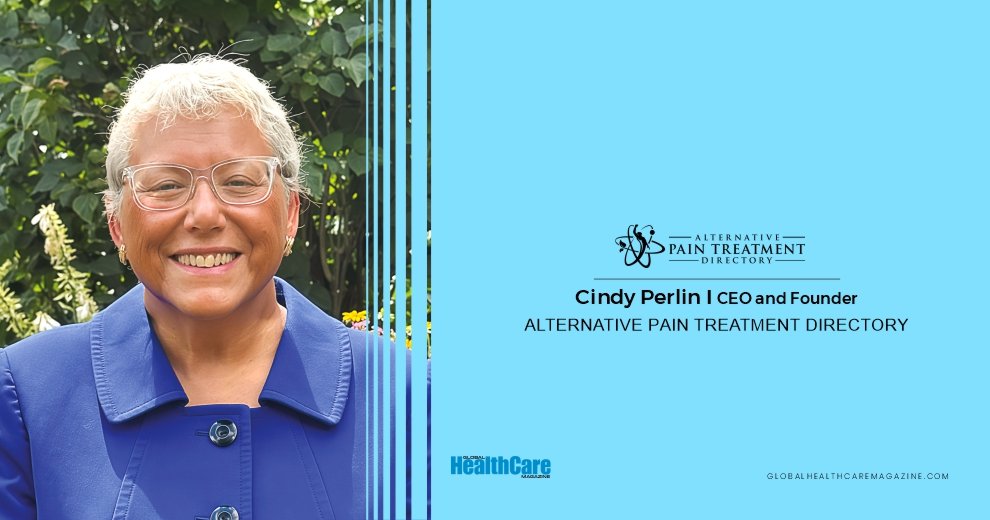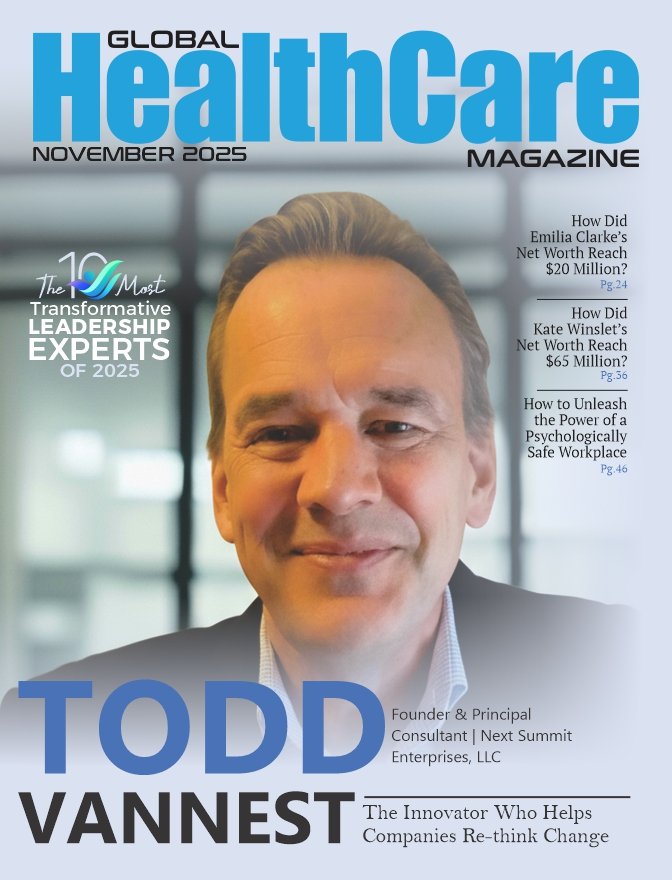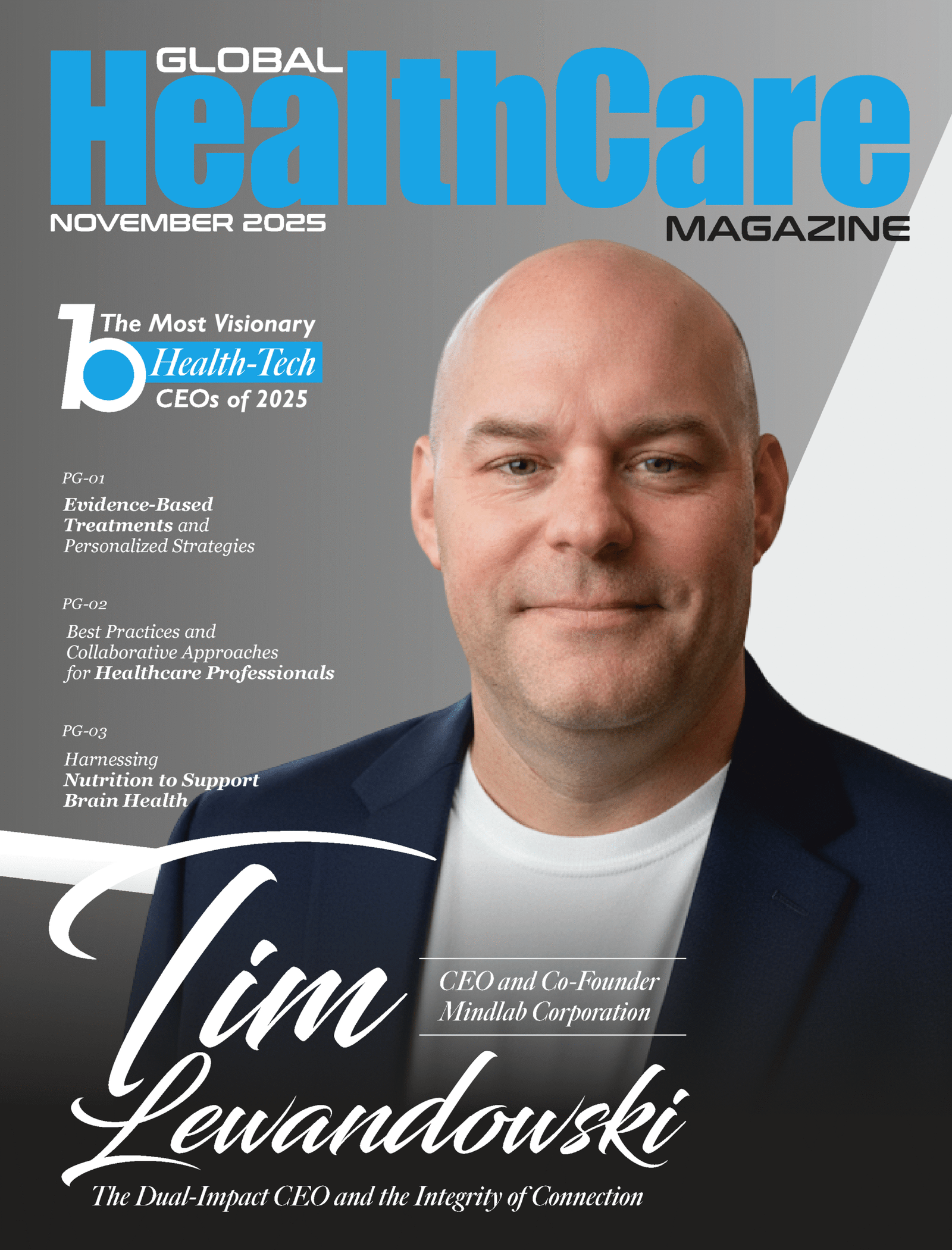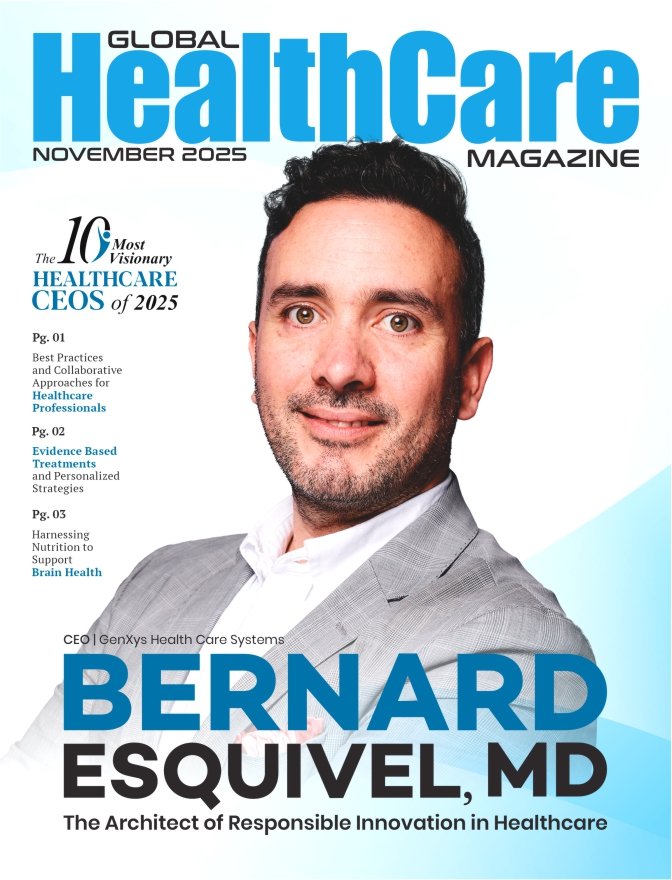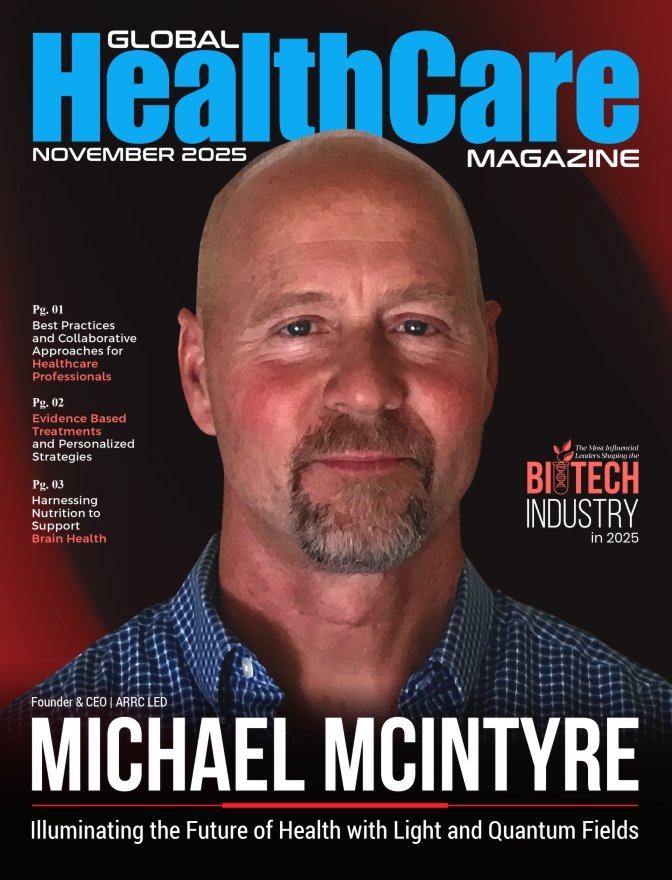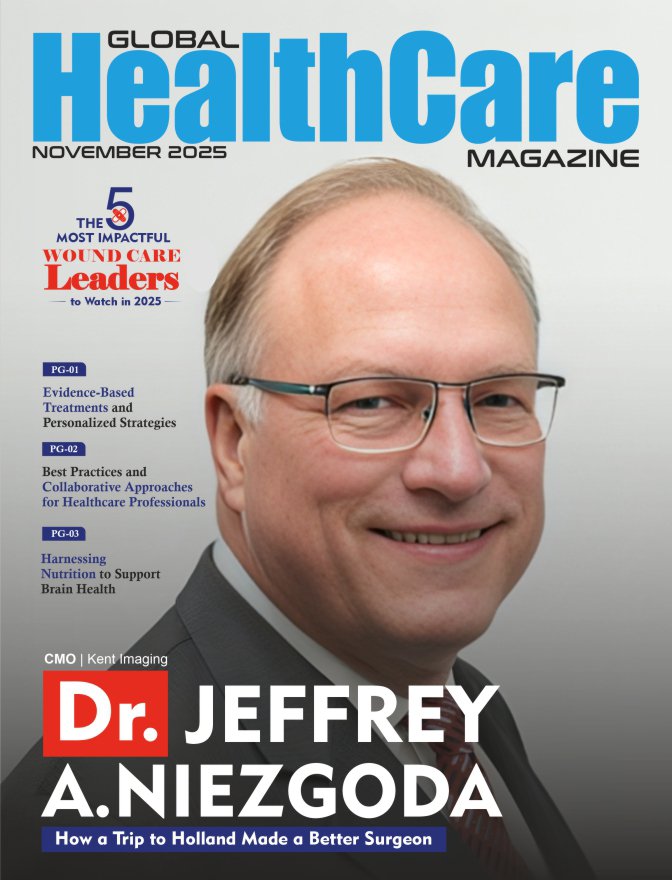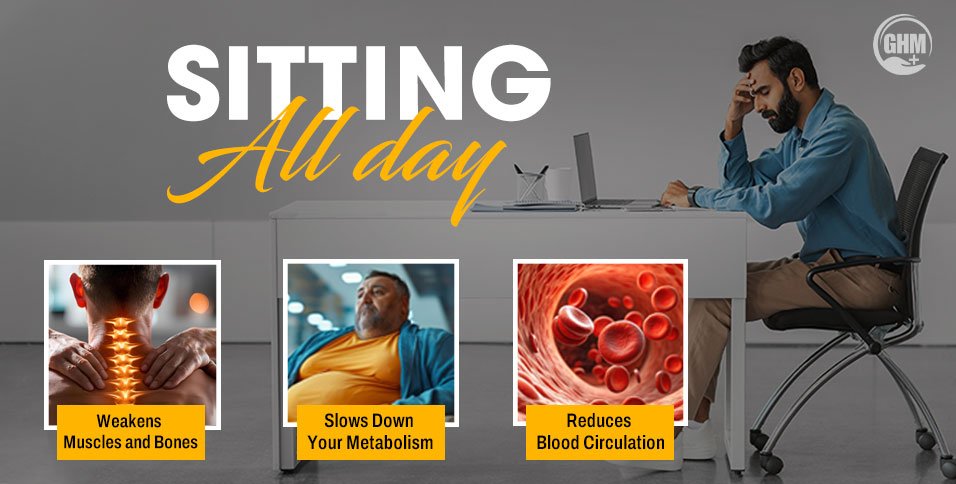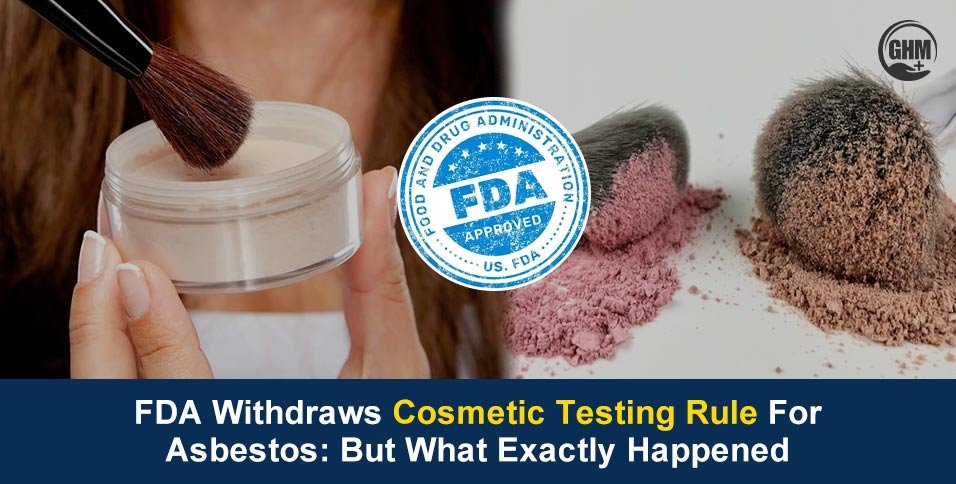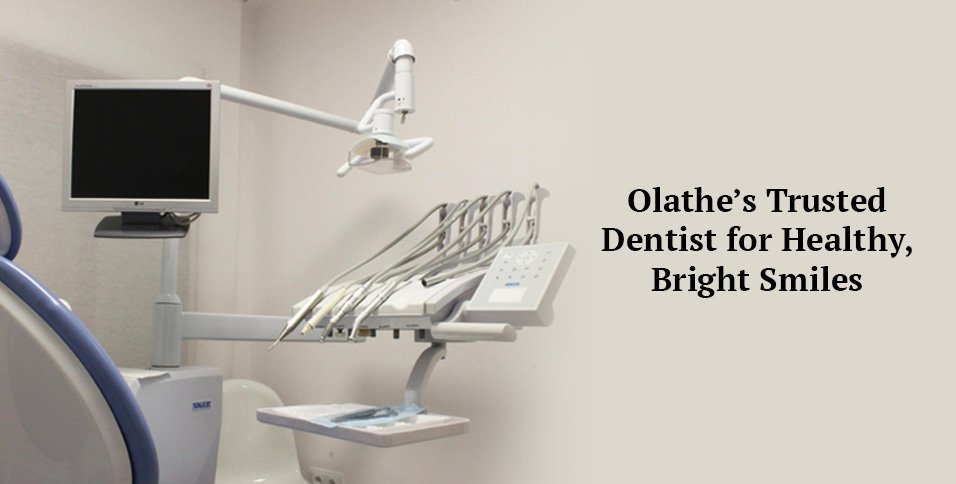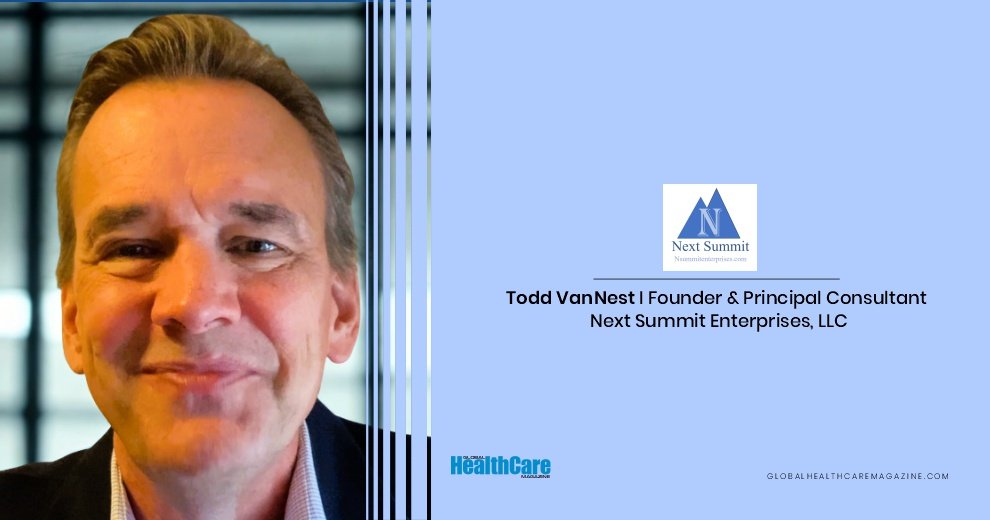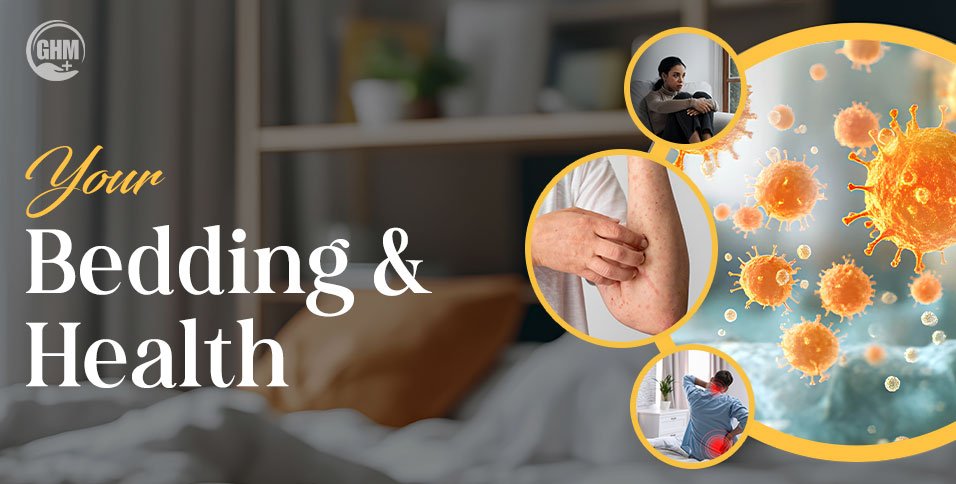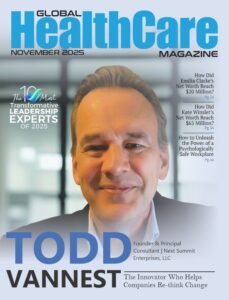It was 1977, and Cindy Perlin was running. She was a graduate student working on a master’s degree in social work, her life mapped out on a conventional and promising path. Then, something gave way in her back. Over the next few weeks, a manageable ache morphed into an agonizing, life-altering force. The pain became so absolute that she could no longer function. She had to drop out of school, her future suddenly a blank wall of suffering.
What followed was a descent into a particular kind of medical hell reserved for those whose pain doesn’t show up on a scan. For three and a half years, she consulted a parade of doctors who offered no answers and no relief. They prescribed drugs that shrouded her mind in a fog but did nothing to touch the pain, turning her, in her own words, into a “zombie.” One orthopedic surgeon, with a shrug of finality, told her she might be like this for the rest of her life and to simply “learn to live with it.” The prognosis was so bleak, the isolation so profound, that she began thinking about suicide.
This is where the story of most business leaders begins—with a plan, an ambition, a market analysis. However, the story of Cindy Perlin, the CEO and founder of the Alternative Pain Treatment Directory, begins here, in the dark, with a body in revolt and a medical system that had completely and utterly failed her. It is a story not about building a business, but about rebuilding a life, and in doing so, creating a lifeline for millions of others.
An Anatomy of an Awakening
Just as Cindy was plumbing the depths of her despair, a friend made a suggestion that would change everything. She told Perlin to read Anatomy of an Illness by Norman Cousins, a book about the author’s journey of healing himself from a crippling disease using, among other things, “laughter therapy.” In the book, Cousins mentioned a technique called biofeedback. Intrigued, Perlin sought out a psychologist who offered it.
The result was immediate and seismic. “Within a day of my first session my pain was 50% better,” Cindy recalls. It was the first glimmer of hope in years. She kept applying the mind-body techniques she had learned, continued to explore the powerful connection between her thoughts and her physical state, and slowly, painstakingly, resumed her life. She started working in an administrative job with the state and went back to finish her social work degree. She had found a way out of the darkness.
However, Cindy’s pain challenges were not over yet. A few years later, a new, different kind of chronic pain developed in Cindy’s foot following surgery for a bone spur. Walking became agony. This time, the mind-body techniques that had saved her before didn’t work at all. Her journey was not over; a new chapter of seeking had just begun. It would take her fourteen years to find the solution for her foot pain, a form of deep bodywork called Rolfing. This second odyssey cemented a core understanding: there is no single magic bullet for chronic pain. The path to healing is personal, multifaceted, and requires a relentless sense of curiosity.
From Patient to Practitioner
During these long years of personal exploration, Cindy found herself frequently talking to other people about her journey, sharing what she had learned. A new realization began to dawn. “I eventually realized that I was happiest when I was teaching others about healing,” she says. This was her true calling. She left her administrative job, started a private practice specializing in working with people with chronic pain and illness, and became a certified biofeedback practitioner.
To reach more people than Cindy could ever see in her practice, she decided to write a book. The Truth About Chronic Pain Treatments: The Best and Worst Strategies for Becoming Pain Free is an overview of available treatments, the science supporting them, their risks, and a critical analysis of why most patients are never told about effective alternatives. Cindy was no longer just a survivor; she was becoming an advocate and an educator.
Building the Directory
By the late 2010s, another crisis was casting a long shadow over the country: the opioid epidemic. More and more people, prescribed opioids for pain, were getting addicted and dying, while the conventional medical community remained largely silent about alternatives. Cindy saw the tragic parallel to her own experience—a system offering powerful drugs but little real information or hope. “I searched the internet for a comprehensive resource for pain patients who were seeking information about alternatives to opioids and couldn’t find one,” she says, “so I decided to create one.”
In 2019, the Alternative Pain Treatment Directory was launched in its current form. It was designed to fill the exact gaps that had failed her decades earlier. The platform is a comprehensive sanctuary for pain patients, containing information on the safest and most effective treatments, a curated list of recommended natural pain relief products, and, crucially, a directory of holistic healthcare providers who treat pain.
Cindy’s process for vetting these products is as rigorous as her own search for relief: first, she examines the science and evidence behind it. Then, she assesses the company’s reputation and customer reviews. Finally, she will “usually obtain the product and try it myself and ask my clients to try it.”
Cindy also recognized that the very practitioners who could help solve the pain crisis were often struggling themselves. “Holistic healthcare professionals have limited time, money and marketing knowledge,” she explains. So, for a reasonable fee, the Directory became a platform for them to connect with a targeted audience actively seeking their services, offering them the ability to post extensive information, videos, blogs, and events. “We also help them refine their message for optimal results,” she adds, noting that they also offer webinars on low-cost marketing options.
A Mission at Scale
The work is all-consuming. Cindy admits she doesn’t see nearly as many clients as she used to, so busy is she with the demands of the Directory. Yet the impact is undeniable. To date, the Directory, along with its weekly newsletter and social media platforms, has reached over a million people, helping them find ways to reduce their pain safely.
The mission is now scaling at a pace she could never have imagined. The Directory has recently established strategic partnerships with the International Pain Foundation and the SAFE Project. And just last month, her team filmed videos for a public and commercial television campaign that, over the next year, is projected to reach over 140 million households. The message born from her solitary suffering is about to go national.
Of course, this growth has come with challenges. “Having enough time, money and knowledge to step into the next phase of my career have been the major challenges,” Cindy admits. She credits her progress to mindset, “having self-confidence and the belief that everything I need to succeed will be there,” and a significant investment in her own training and coaching. Her future goals are ambitious: expanding the provider directory, developing more strategic partnerships, seeking corporate sponsorships, and even developing a course on holistic pain treatments for primary care physicians.
The Seventy-Nine-Year Hope
When you ask Cindy Perlin about work-life balance, she is refreshingly honest. “I would have to say that I don’t have a perfect work-life balance. I probably work too much.” Her downtime is filled with simple joys: hanging out with her three cats and her friends, listening to comedy, and indulging her inner “political junkie.” And then there is swimming. For over 45 years, she has been an “addicted lap swimmer,” in the pool at least five times a week—a rhythm of persistence that mirrors her professional life.
It is this relentless, forward motion that defines her. It’s what drove her through years of her own pain, and what now drives her to offer a message of unwavering hope to others. “There is always hope,” Cindy insists. “No matter how long you’ve been in pain, it’s possible to recover.” To punctuate the point, she tells the story of a holistic physician she recently interviewed. He told her about a patient who had been in chronic pain for seventy-nine years. And with his help, she was able to overcome it. It’s a powerful anecdote, a testament to the fact that it is never too late, a belief forged in the crucible of a young woman’s pain, now offered as a guiding light for all.
Quote
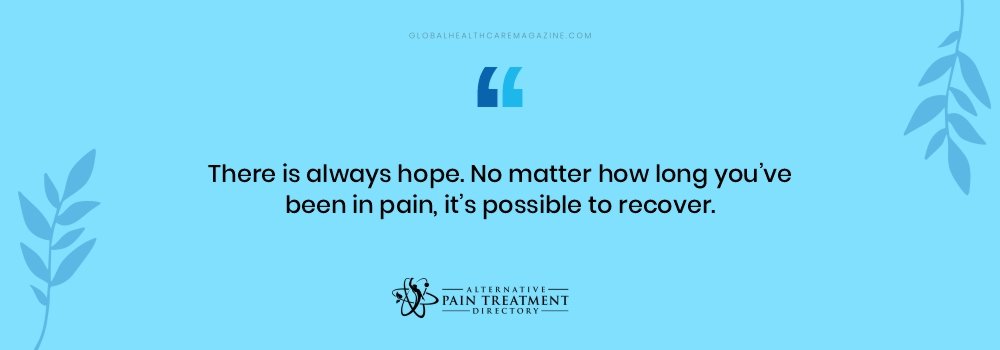
Also Read: Women Redefining Pain Care: Top Healthcare Leaders to Watch in 2025

